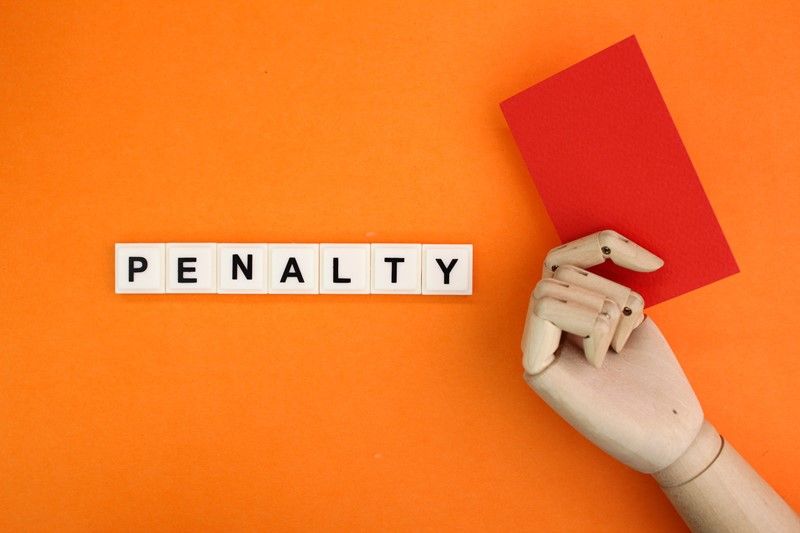What is the settlement legislation?
Thinking of gifting income to a spouse or partner? HMRC’s settlements rules may still tax it as your own.
The settlements legislation is contained in s.624 ITTOIA 2005. The legislation seeks to ensure that where a settlor has retained an interest in property in a settlement then the income arising is treated as the settlor’s income for all tax purposes. A settlor can be said to have retained an interest if the property or income may be applied for the benefit of the settlor, a spouse or civil partner.
In general, the settlements legislation can apply where an individual enters into an arrangement to divert income to someone else and in the process, tax is saved.
These arrangements must be:
- bounteous, or
- not commercial, or
- not at arm’s length, or
- in the case of a gift between spouses or civil partners, wholly or substantially a right to income.
However, there are a number of everyday scenarios where the settlements legislation does not apply. In fact, after much case law in this area, HMRC has confirmed that if there is no 'bounty' if the gift to a spouse or civil partner is an outright gift which is not wholly, or substantially, a right to income, then the legislation will not apply.




